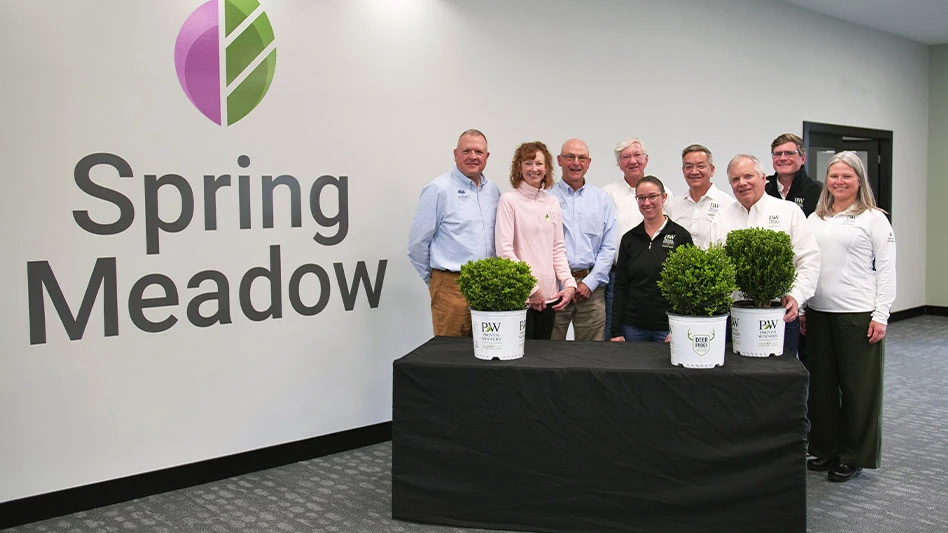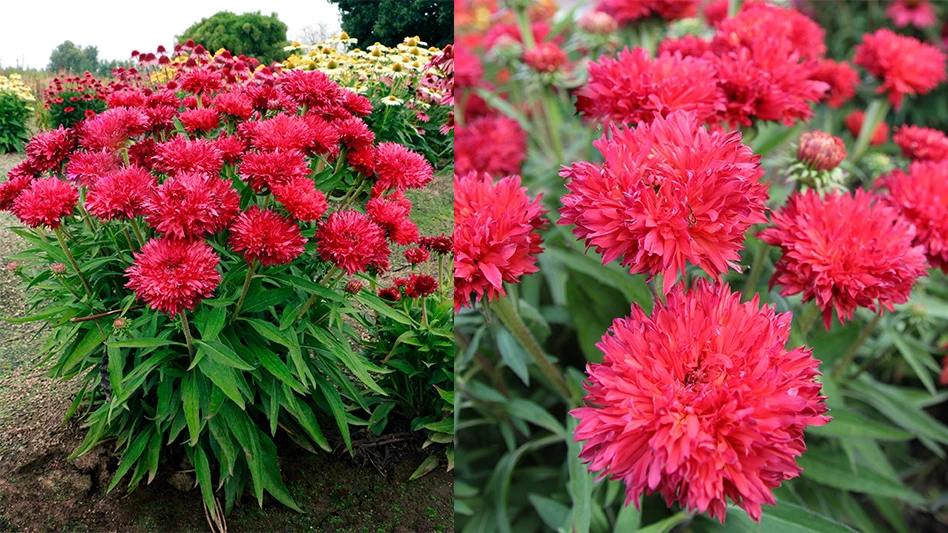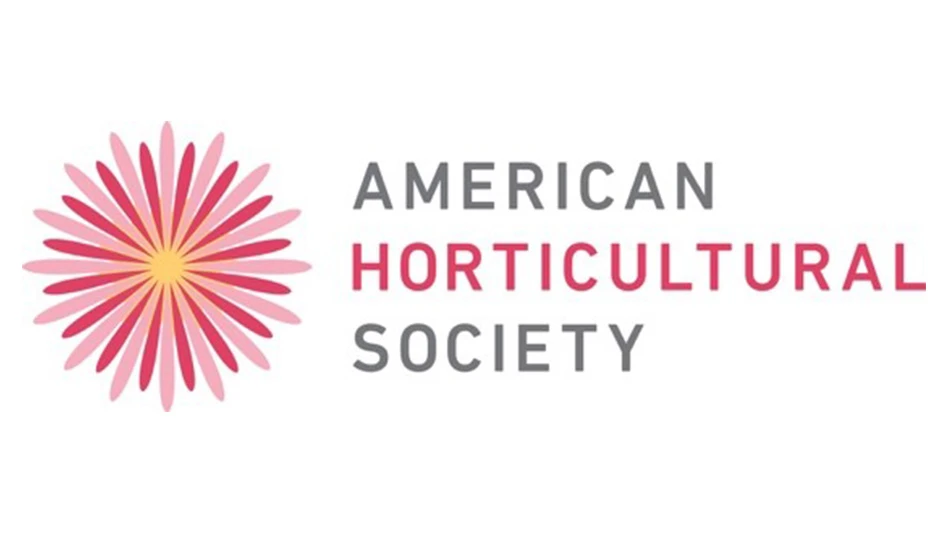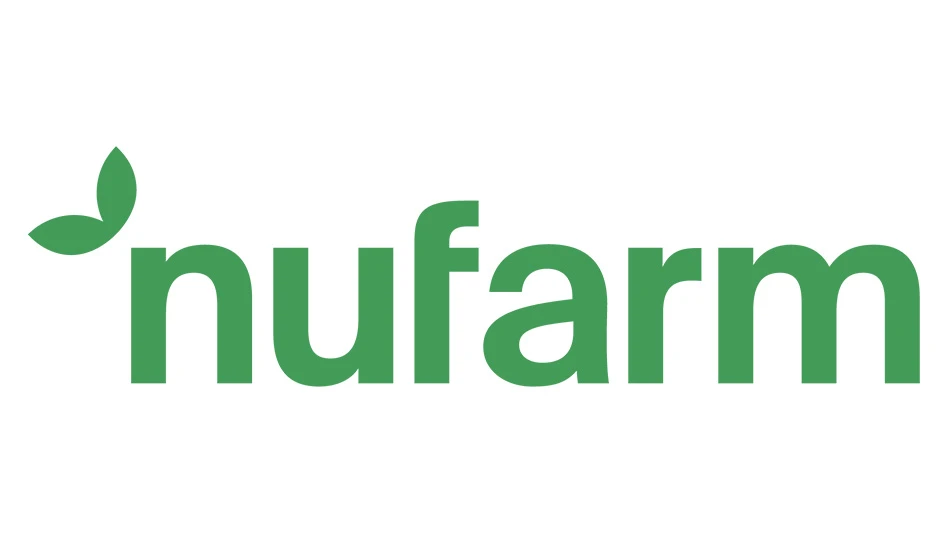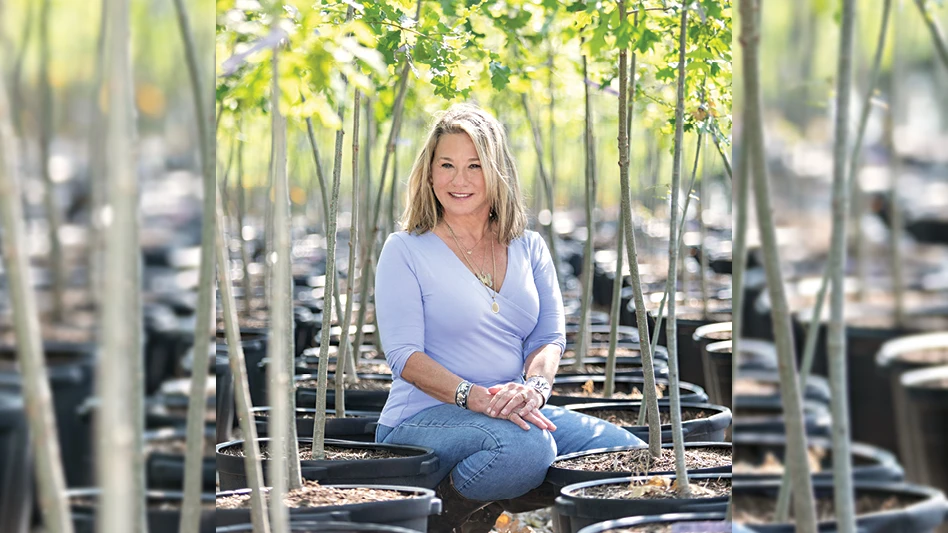 Envio Verde – sounds fancy, right? It’s the name Dave Pruitt came up with for the 100 percent recyclable shipping box used by Ball Ornamentals to ship its plants. It might seem like a fancy name for a box, but a loose translation from Spanish to English shows the company isn’t putting on airs: it simply means “green shipping.”
Envio Verde – sounds fancy, right? It’s the name Dave Pruitt came up with for the 100 percent recyclable shipping box used by Ball Ornamentals to ship its plants. It might seem like a fancy name for a box, but a loose translation from Spanish to English shows the company isn’t putting on airs: it simply means “green shipping.”
Pruitt is the general manager for Ball Tagawa Growers, a propagation nursery that supplies Ball Ornamentals. He co-developed the shipping box with Pacific Packaging, the company that produces the box.
“Mostly, we use it for woody ornamentals, shrubs, some large perennials,” Pruitt said. “Our capacity is for a product that is eight inches tall. So the tray plus the plant material is eight inches. That’s a good sized liner.”
The challenge was making the box 100 percent recyclable. Pruitt said that most boxes used for shipping heavy ornamental products have a certain amount of wax component in their composition. “When you put wax in cardboard, you can’t recycle it,” Pruitt said. “So between us and the packaging company, we came up with a box that could be recycled. They have a special product in there that prevents water from penetrating the box very quickly. That gives the cardboard more longevity, but doesn’t stop it from being recycled.”
Big and heavy loads
The other challenge of creating a 100 percent recyclable shipping box was that it still needed to be able to carry a heavy load. When stacked onto a pallet for shipping, these boxes need to be able to take 800-1,000 pounds without collapsing, said Tom Foley, the supply chain manager for Ball Ornamentals. Foley said the Envio Verde boxes hold up well during shipping.
During the development process, Pruitt and his team also made changes to the box configuration. This tweak allowed them to increase the capacity of trays per pallet.
“We are up to 72 trays as our standard amount that we ship on a pallet,” he said. “These are large, 32-count trays.”
The standard product used during development to test the box was 2¼- to 2½-inch rose pots.
 The Envio Verde is built on a component system. With some of the other shipping systems, many small pieces are put together to make the box. But the Envio Verde is built in units. Pruitt said this difference means trays slip into the unit easily and stack on top of each other. Then a layer goes alongside one unit and another row is placed next to it. The stackable system makes it easier to ship, allows more efficient use of trucks, and makes sure the plants arrive at their destination safely.
The Envio Verde is built on a component system. With some of the other shipping systems, many small pieces are put together to make the box. But the Envio Verde is built in units. Pruitt said this difference means trays slip into the unit easily and stack on top of each other. Then a layer goes alongside one unit and another row is placed next to it. The stackable system makes it easier to ship, allows more efficient use of trucks, and makes sure the plants arrive at their destination safely.
“We already had (the stackable component system) in our plug boxes, because we ship a lot of plugs in a small individual box,” Pruitt said. “When we got into development, we started working on a larger system that is palletized. The reason we started working on it to begin with is because we had other things we wanted to do and found it time-consuming to put [other shipping systems] together.”
— Matt McClellan

Explore the August 2012 Issue
Check out more from this issue and find your next story to read.
Latest from Nursery Management
- The HC Companies, Classic Home & Garden merge as Growscape
- Eason Horticultural Resources will now officially be known as EHR
- BioWorks receives EPA approval for new biological insecticide for thrips, aphids, whiteflies
- Ellen Mackenbach-Lakeman appointed new CEO of Dümmen Orange
- Southern Garden Tour sets 2025 dates for trial garden open houses
- New book explores plants that thrive in Rocky Mountains
- American Floral Endowment establishes Herman Meinders Memorial Tribute
- These companies are utilizing plastic alternatives to reduce horticultural waste

